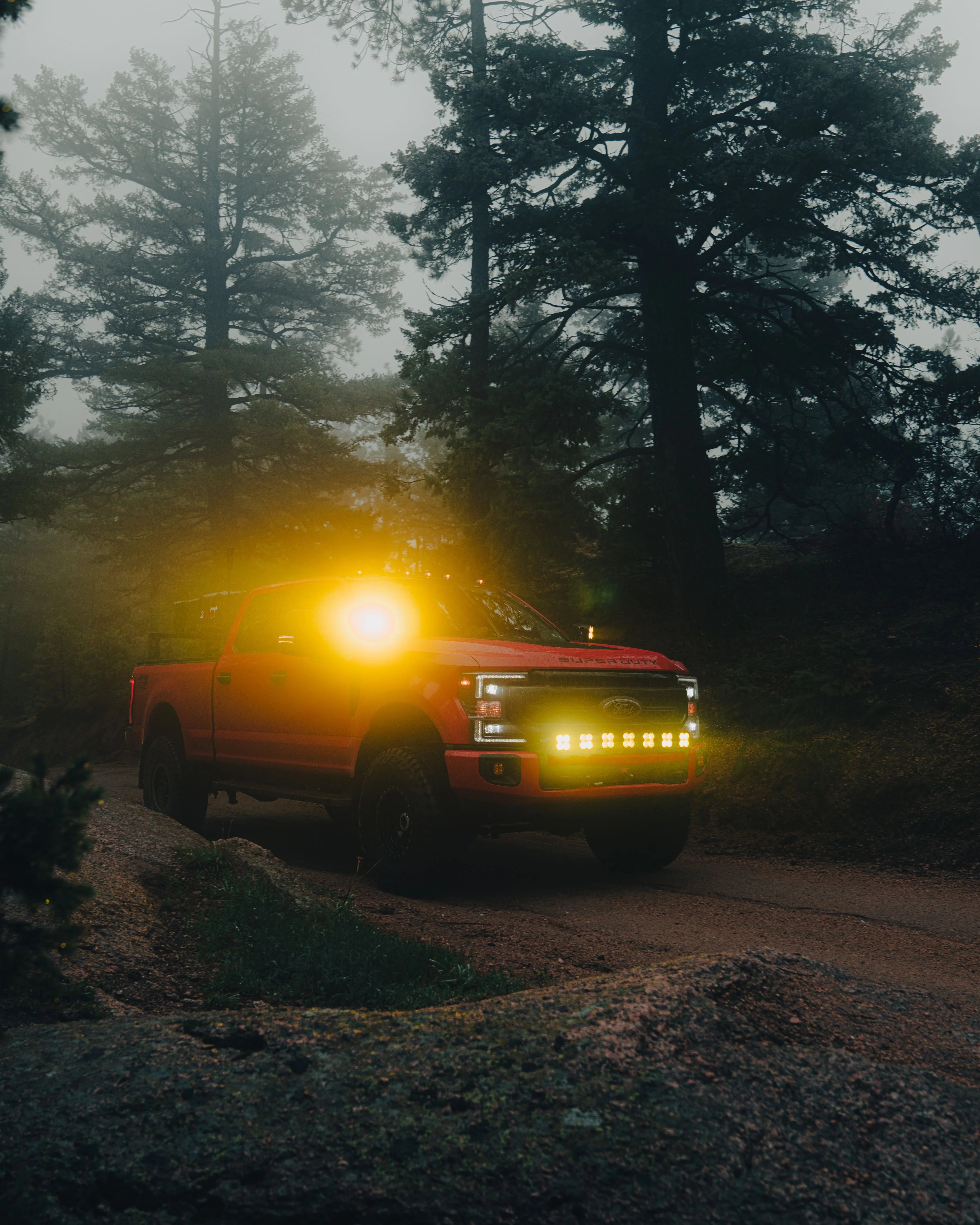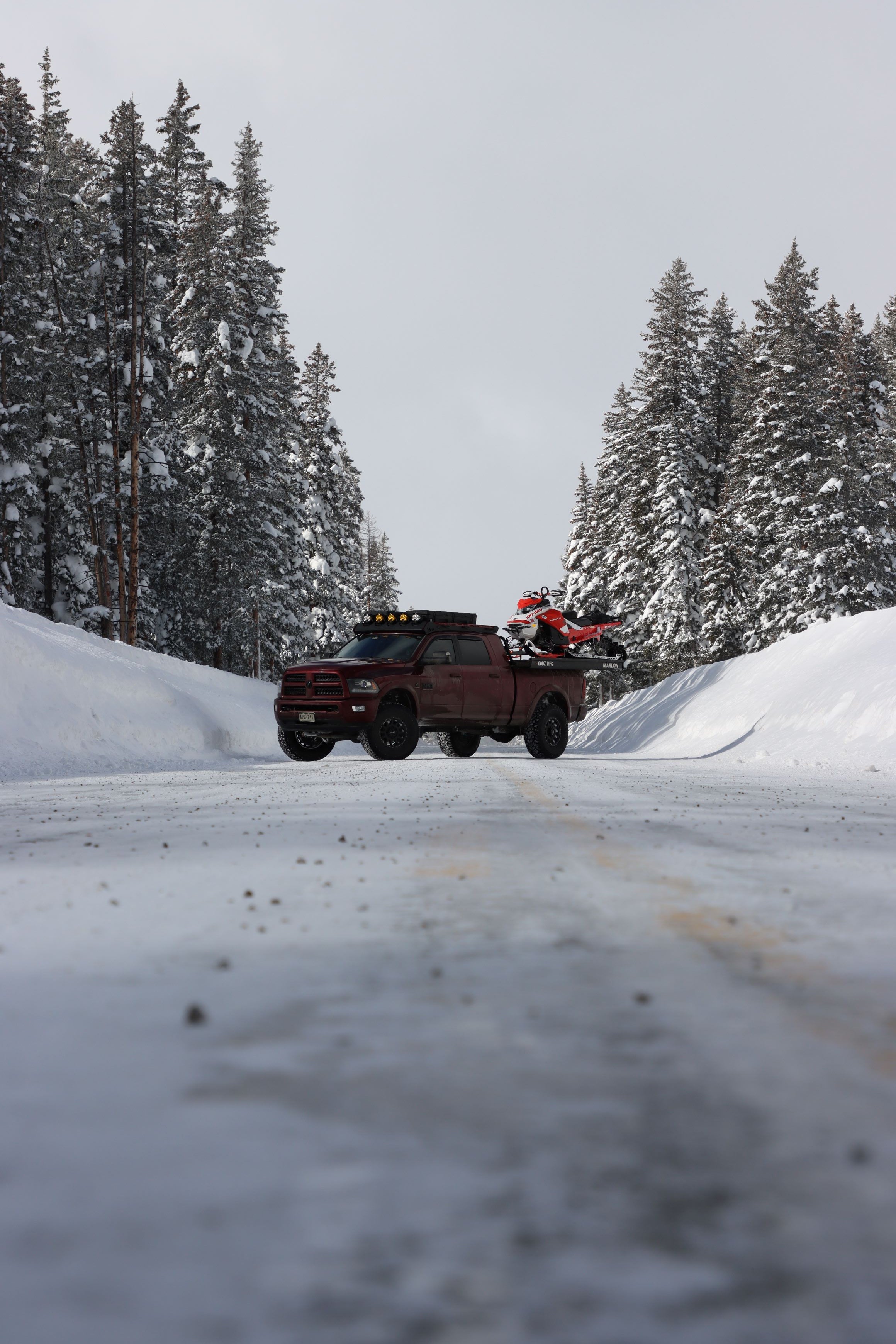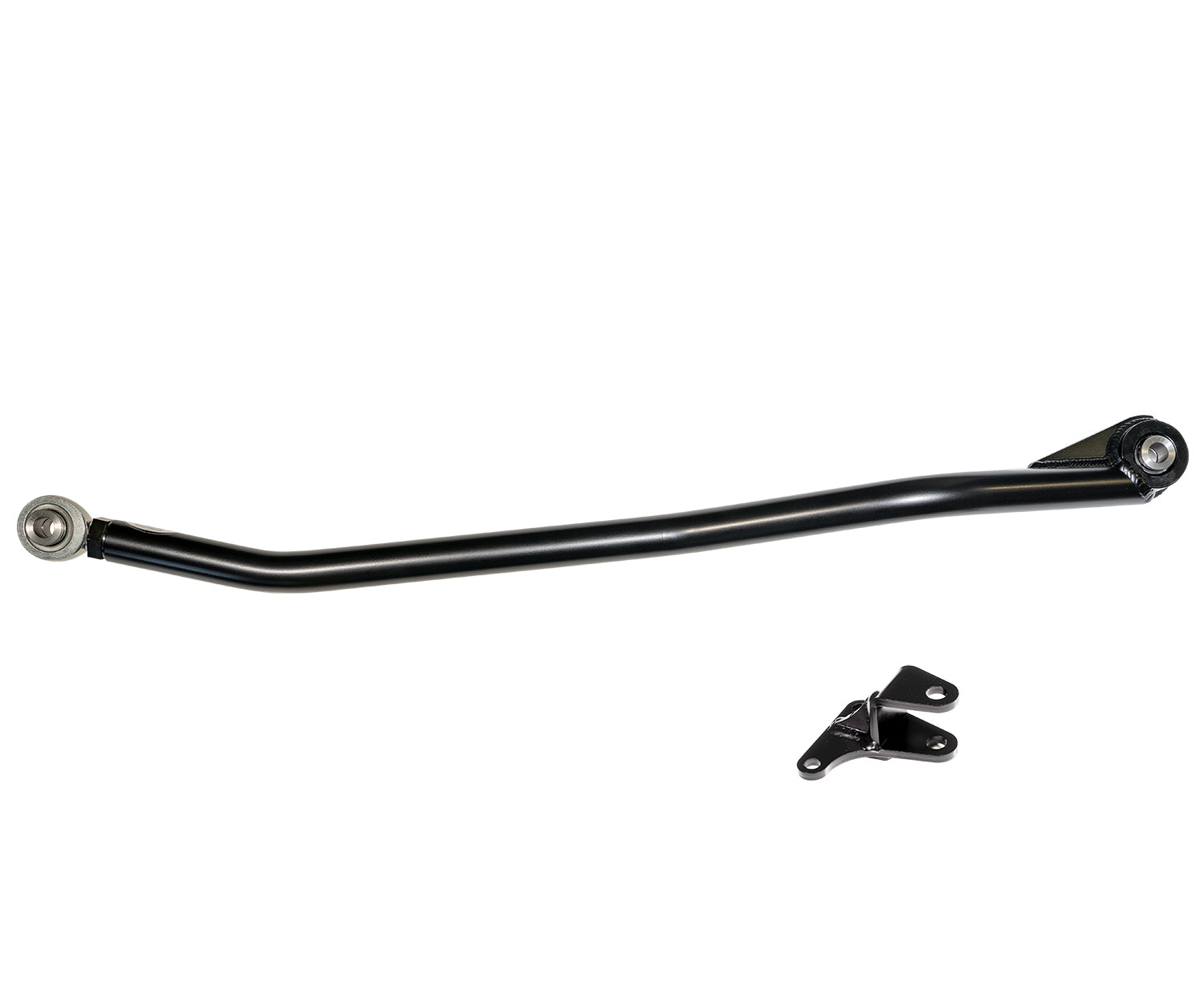
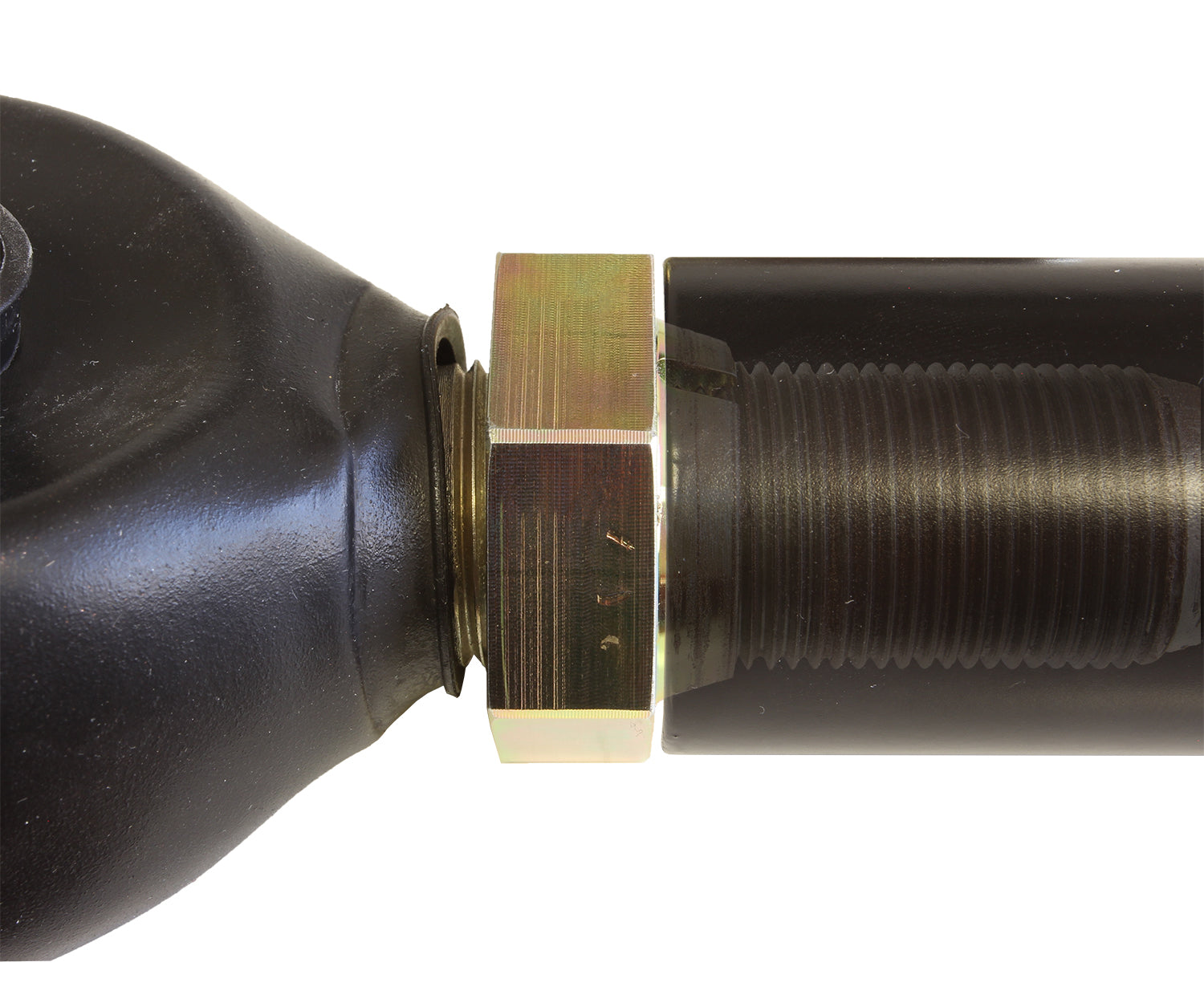
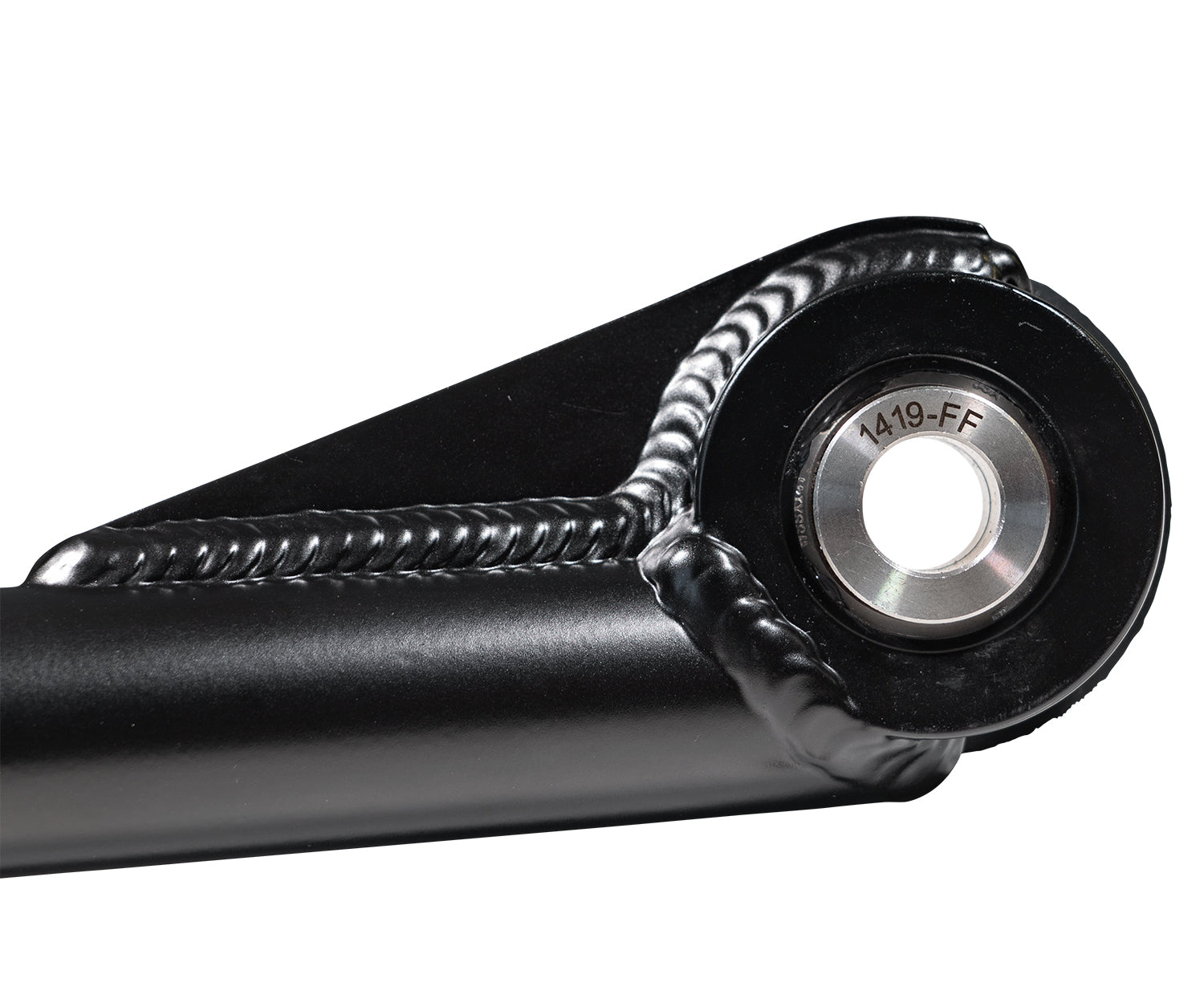
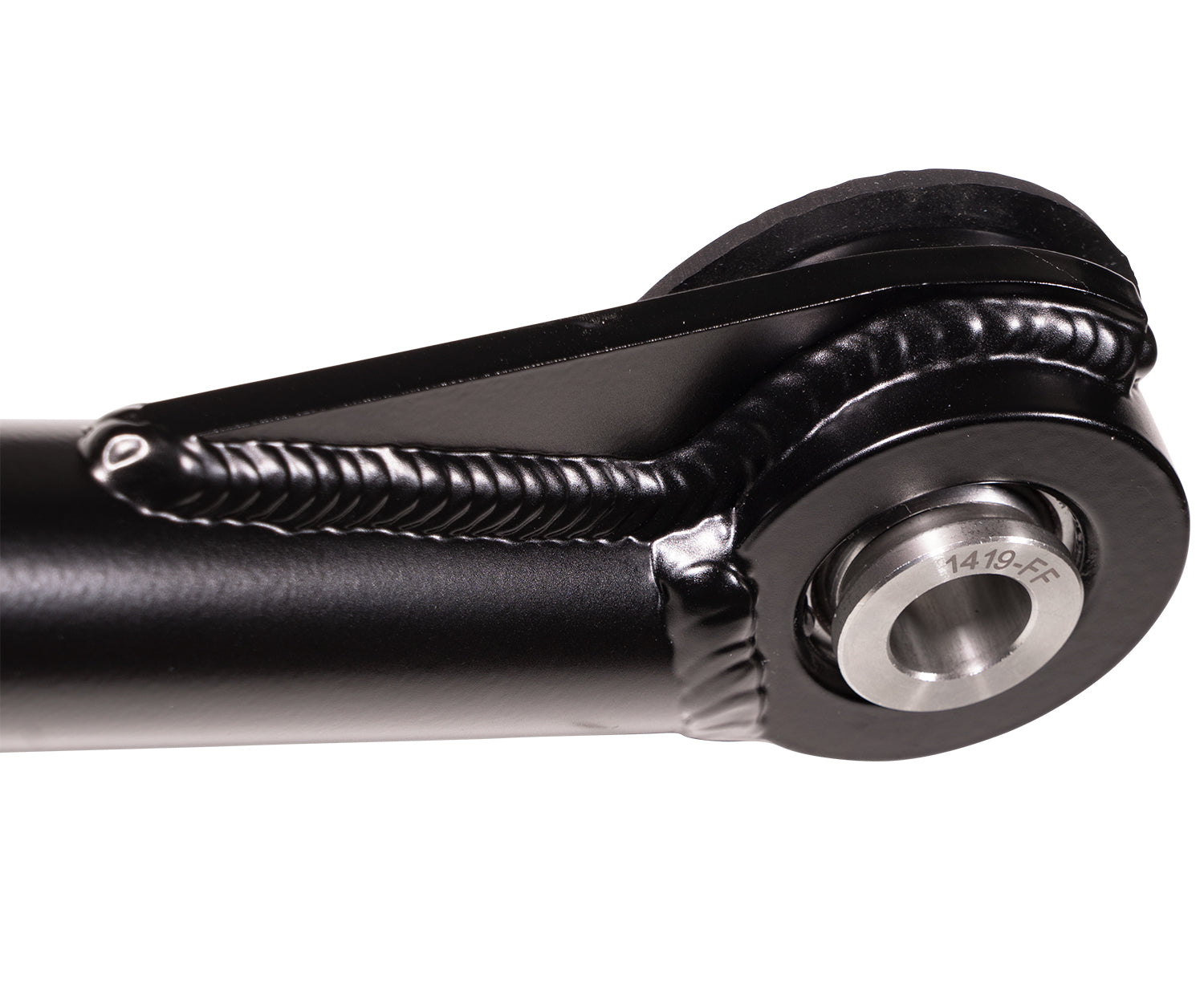
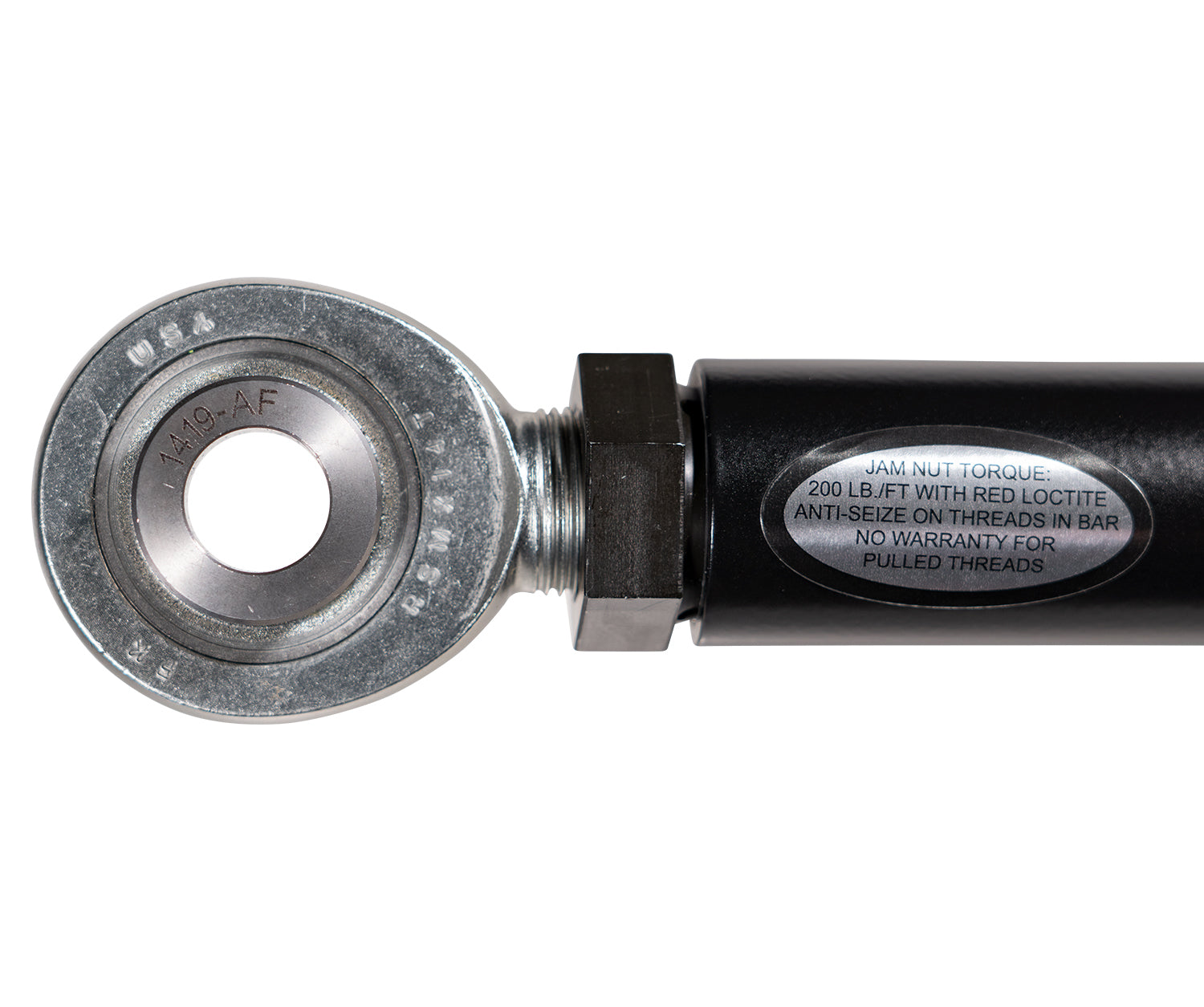
CARLI SUSPENSION 14-23 RAM 2500/3500 ADJUSTABLE TRACK BAR 0-3″ LIFT
May have applicable lead time. Direct ships from Manufacturer
The track bar is a vital link located under the front end of a heavy-duty truck with a straight axle. It serves as both a suspension and steering component, so any deflection or bushing wear can be felt by the driver right away. This can result in excessive steering, a floating front end, wandering, and the notorious death wobble. Lifting the truck and placing more load on the bar can worsen these issues, creating a recipe for disaster.
Enter the Carli Adjustable Track Bar. The goal, a link that deflects less than the stock bar, dampens vibrations without causing the sloppy handling associated with the stock bar, ensure service life far in excess of a factory unit while being rebuildable (vs. replaceable like the factory bar) all while being adjustable to center the axle on leveled vehicles. Many years have seen many iterations but we’ve landed on a design we feel impervious to future improvement
The DATB Track Bars are 3/8″ wall DOM construction, FAR stronger than the brackets to which they’re bolted. This wall-thickness allows the end of the bar to be threaded to accept our 1″ x 7/8″ FK Bearing Chromoly RSMX14T Heim Joint with a massive 1″ shank.
You’ll see many manufacturers running thinner wall and weld-in bungs with 3/4″ or 7/8″ shank heims as our previous generations did; running the thicker wall bar allows for more strength and one less welded joint – a potential point of failure – and the larger shank for exponentially more shear strength.
In place of a standard Jam-Nut, we’ve developed a tapered Jam Nut (mating surface similar to a lug nut) and matching machined taper into the end of the track bar. This ensures perfect centering of the joint while providing 100% more friction surface area than a standard Jam-Nut. More surface area equals more clamping force and a more reliable assembly.
The frame end of the track bar saw a massive improvement in the DATB generation, as well. Our “CUB” joint starts with a proven FK Bearing 7/8″ Uniball at its center. Custom molded bushings are pressed on to encapsulate this Uniball then the assembly is pressed into the huge, gusseted frame-end housing of the track bar with a Stainless safety washer and retained with a snap ring. Custom Misalignment spacers center the joint in frame bracket and ensure full fore and aft movement of the track bar to be possible without bind or excessive bushing deflection.
Why is this new bar such an improvement? Previous generations of our track bars relied on a 2 piece hat-bushing and crush sleeve at the frame, weld in bung at the axle with a standard jam-nut and a .250″ wall main tube. Truth be told, there was nothing wrong with this design and we ran it through some of the most treacherous terrain Baja had to offer for many years. Product improvements each came with justification. The hat bushings in the frame end of the bar were VERY sensitive to installation error. If a person purchased our track bar and paid a mechanic to install it who did so using a standard pneumatic impact gun, the factory torque to yield hardware wouldn’t see it’s factory torque value, the bushing would wear out as you’re running an 8,000lb. truck on an un-preloaded piece of urethane and the customer would have nearly immediate handling issues. The customer isn’t a mechanic; all they know is they paid a premium price for a product and a pro to install it and it wore out in no time flat. No one wins, here. With the preloaded CUB bushing, there’s no fear of prematurely wearing the bushing due to a lack of preload as the pre-load is set by us in assembly and held by a snap ring so an impact gun installation is no longer an issue.
The axle end, again, weld-in bungs and standard jam-nuts have been used for MANY years. Like the hat bushings, they can be finicky to install as not everyone has the tools to yield the shank of a 7/8″ heim to its 660lb/ft. spec. Ensuring clamping force and thread interference was sufficient at a lower torque spec achievable by the weekend wrench, we increased the surface area to ensure we get the most clamping force possible.
Lastly, we include a bracket to relocate the factory (or Carli) steering stabilizer. The extended travel of a Carli suspension requires the bend in the bar toward the axle side to clear the bar from the axle bracket at full extension of the suspension. This leads to the bar contacting the stabilizer if not relocated. This is the case with many aftermarket track bars (look for the bend on the axle side0 but we’re the only ones to address it.


